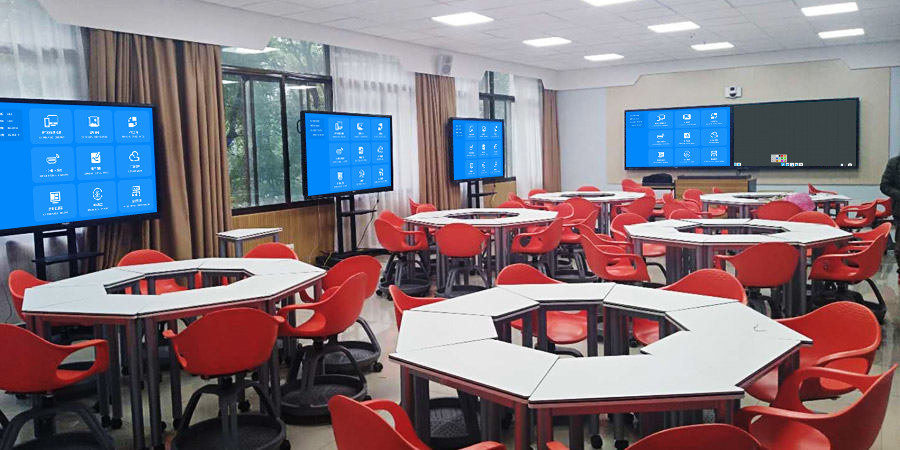Comprehensive Analysis of Wireless Screen Mirroring Technology: A Complete Guide from Google Cast to Multi-Screen Interaction
In today’s era of rapid development in digital education, wireless screen mirroring technology has become a core element in the construction of smart classrooms. From Google Cast to multi-screen interaction, this technology is profoundly transforming traditional teaching models.
1. Core Analysis of Wireless Screen Mirroring Technology
Google Cast Protocol
- A smart screen mirroring solution launched by Google.
- Supports both content casting and screen mirroring functions.
- Widely applied in Android devices (smartphones, tablets, and smart TVs).
Multi-Screen Interaction Technology
- Supports simultaneous screen mirroring from multiple devices.
- Enables real-time interaction with on-screen content (e.g., annotations, comments, and cross-screen collaboration).
- Promotes in-depth classroom interaction between teachers and students, as well as among students.
2. Application Scenarios in Smart Classrooms
Classroom Teaching Applications
- Teachers’ mobile teaching (mirroring courseware from mobile devices while moving around the classroom).
- Display of students’ works (one-click sharing of assignments, designs, or project results on the main screen).
- Real-time interactive teaching (instant Q&A, collective annotation, and live polling through screen sharing).
Innovation in Group Discussions
- Collaborative learning in groups (each group uses screen mirroring to share ideas and co-edit content).
- Comparative display of results (side-by-side presentation of different groups’ outcomes for analysis and discussion).
- Promotion of idea collision (visualizing diverse perspectives to inspire deeper thinking).
3. Analysis of Technical Advantages
- Convenience: One-click mirroring with simple operations, reducing technical barriers for teachers and students.
- Compatibility: Supports multiple device types, including smartphones, tablets, laptops, and interactive whiteboards.
- Interactivity: Enables true multi-screen interaction, transforming one-way knowledge transmission into two-way collaborative learning.
The continuous development of wireless screen mirroring technology provides strong support for the construction of smart classrooms, making teaching more vivid and efficient.
